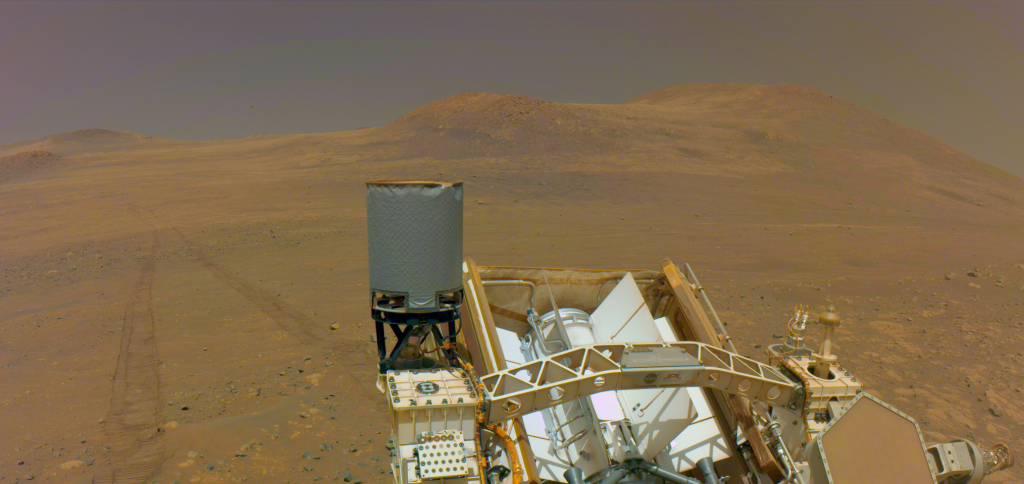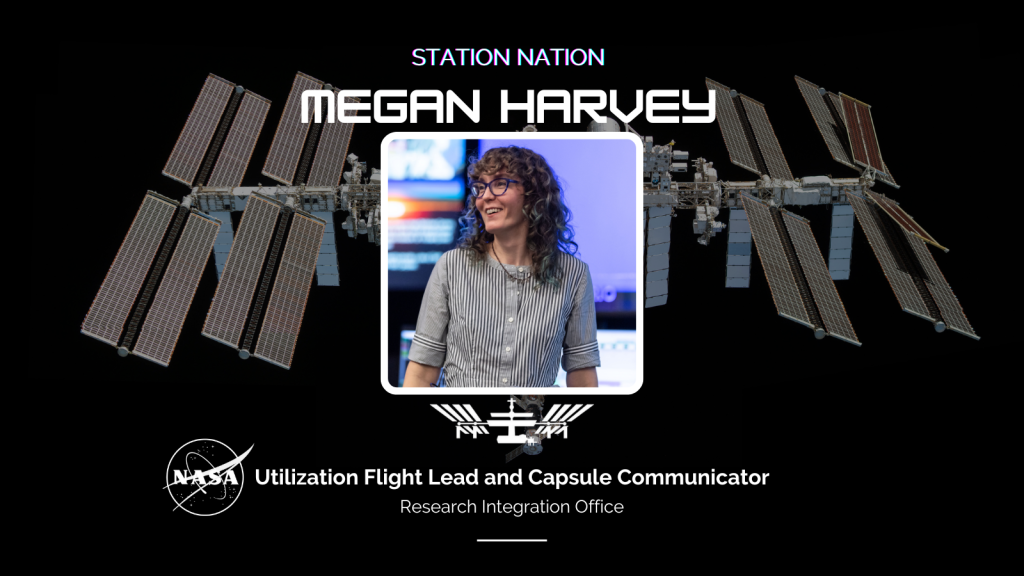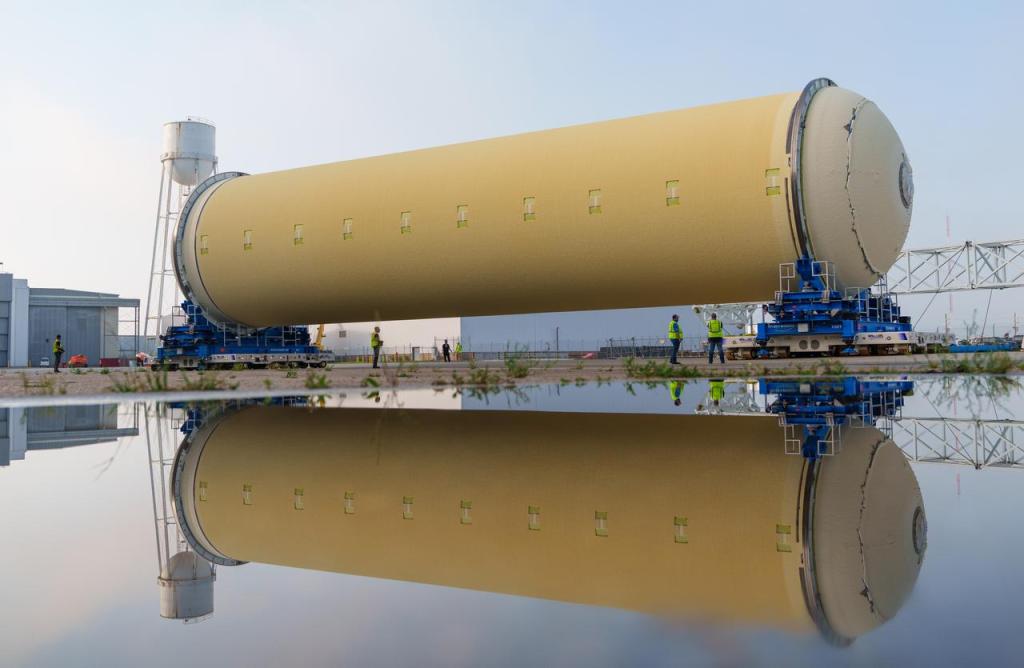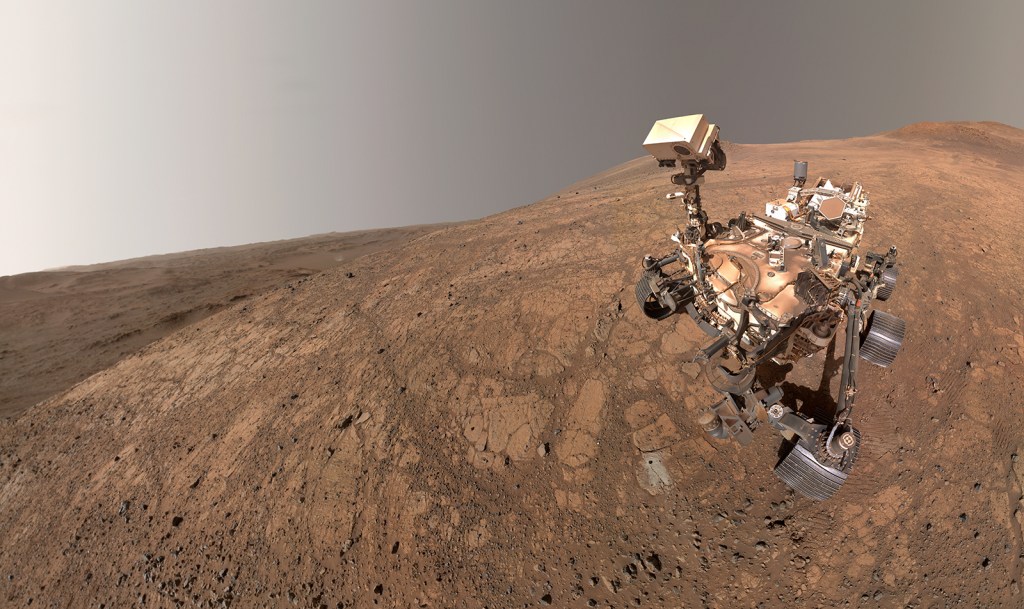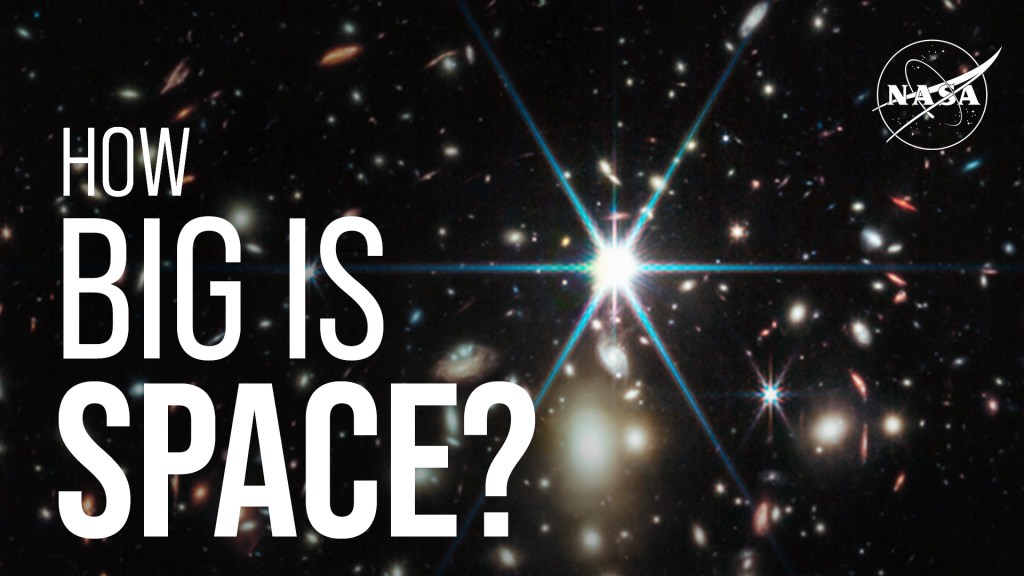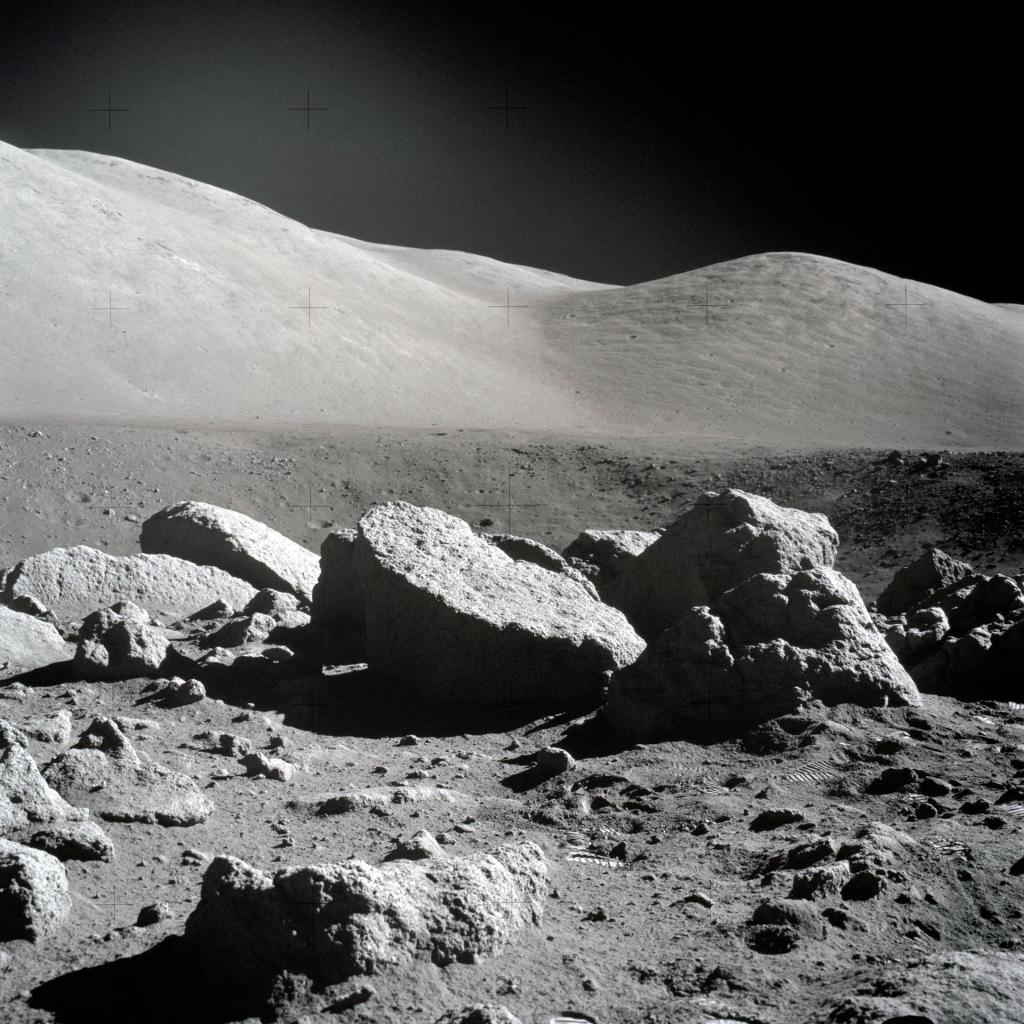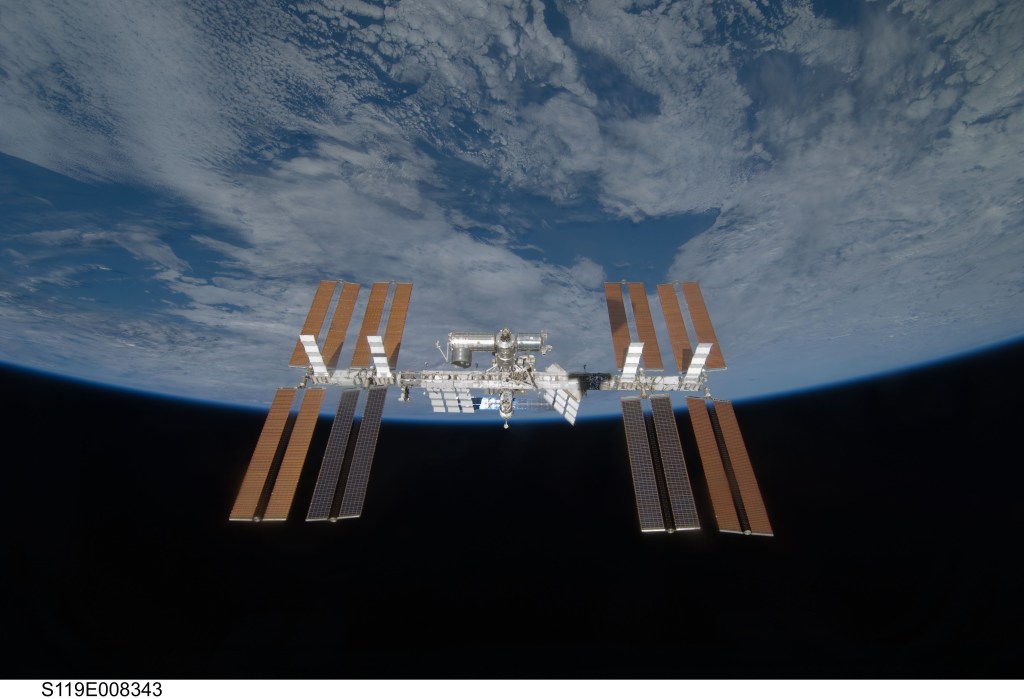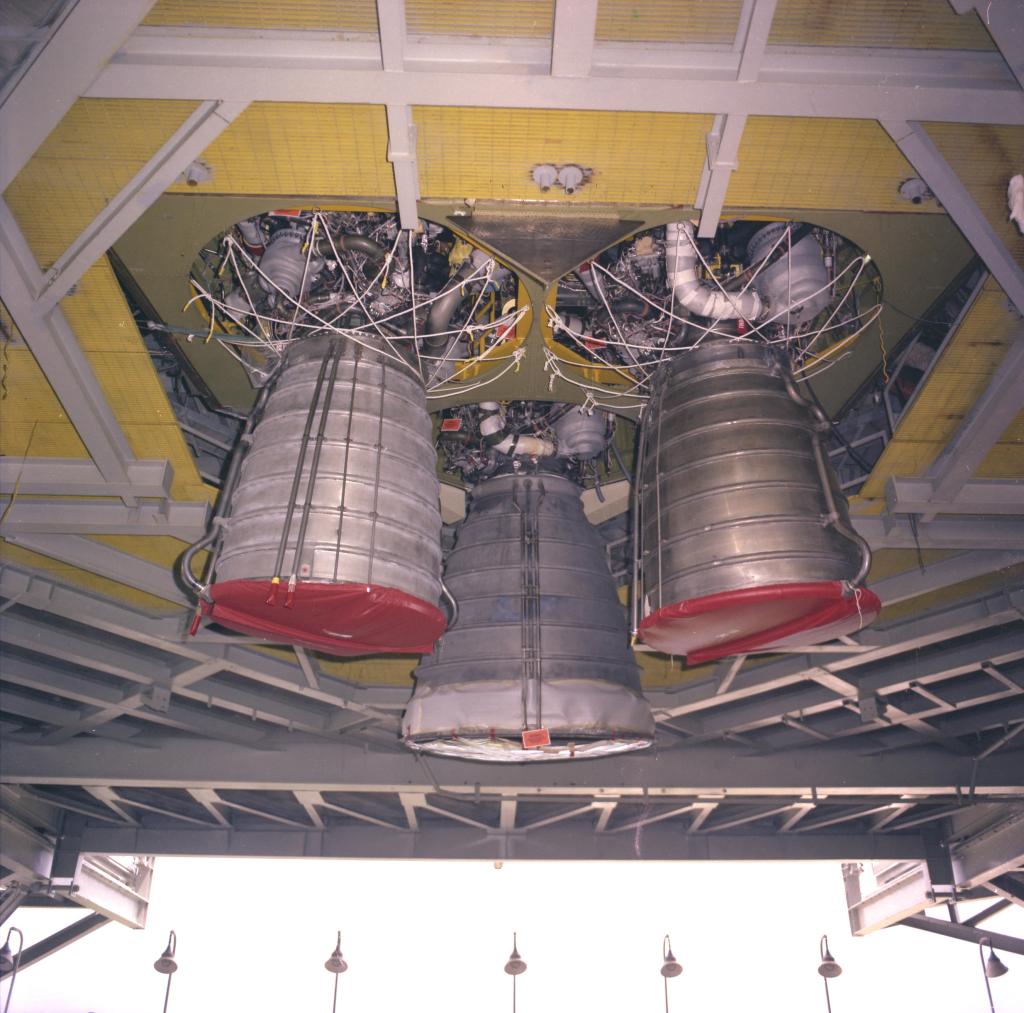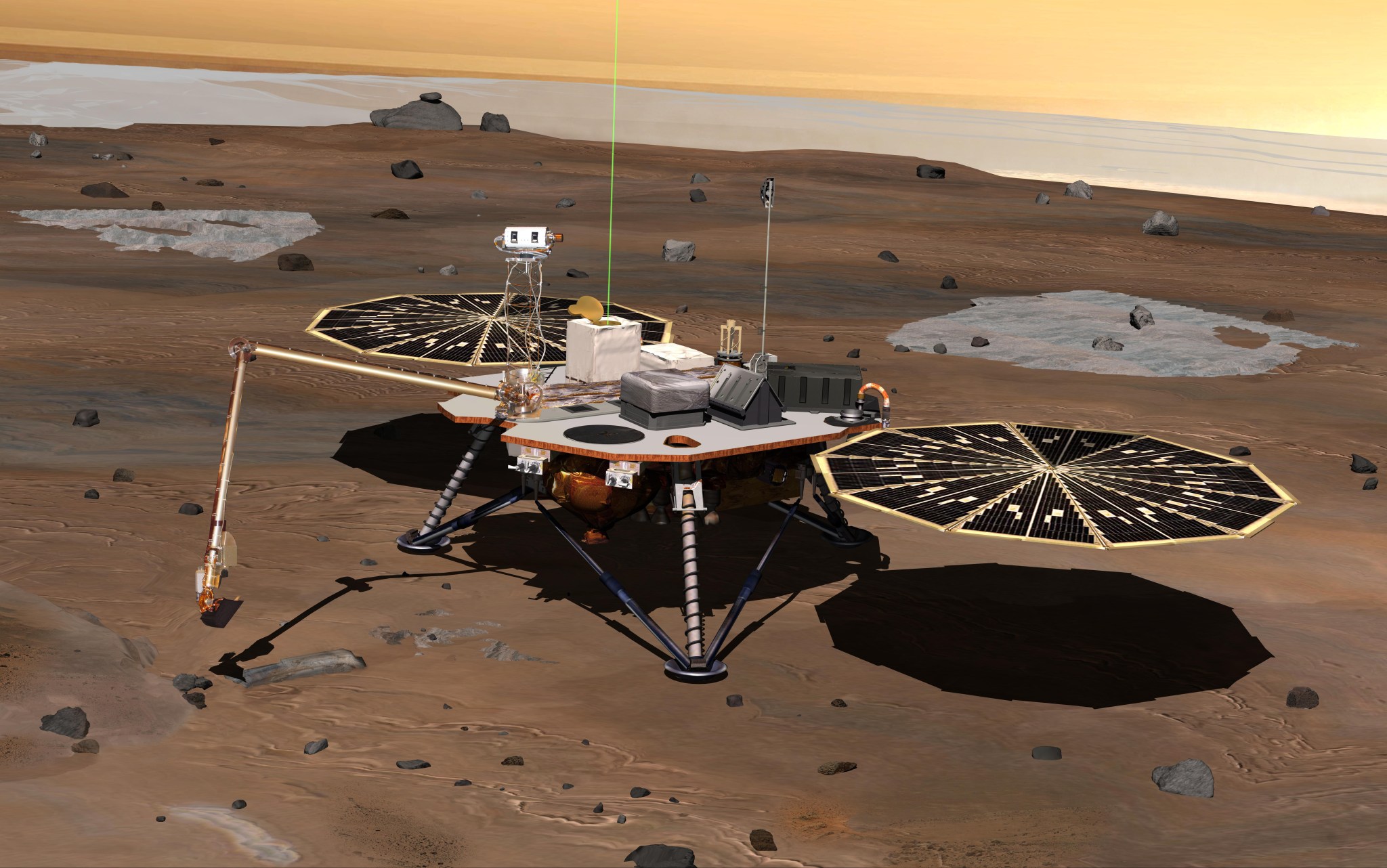Missions to the surface of distant planetary bodies require power — lots of power. Through the 2018 Breakthrough, Innovative, and Game-changing (BIG) Idea Challenge, NASA is enlisting university students in its quest for efficient, reliable and cost-effective solar power systems that can operate on Mars both day and night.
The teams will have until November to submit their proposals. Interested teams of three to five undergraduate and/or graduate students are asked to submit robust proposals and a two-minute video describing their concepts by Nov. 30.
NASA’s Game Changing Development Program (GCD), managed by the agency’s Space Technology Mission Directorate, and the National Institute of Aerospace (NIA) are seeking novel concepts that emphasize innovative mechanical design, low mass and high efficiency, with operational approaches that assure sustained power generation on the Mars surface for many years.
It’s not easy to harness the power of the sun from Mars. Depending on where spacecraft land, the angle and distance from the sun changes substantially during different seasons, affecting solar power flow management and performance. Martian dust is also a threat. It clings to everything on the surface and could form a blanket over solar panels.
The goal is to have a reliable operating power source in place before astronauts ever step foot on the surface of Mars. That means solar array designs will need to fit compactly into a single cargo launch, have the capability to deploy robotically on the surface, and begin producing power soon after landing.
The 2018 BIG Idea Challenge invites teams and their faculty advisors to work together to design and analyze innovations in the design, installation, and sustainable operation of a large solar power system on the surface of Mars, in the following areas:
- Novel packaging, deployment, retraction, and dust-abatement concepts
- Lightweight, compact components including booms, ribs, substrates, and mechanisms
- Optimized use of advanced ultra-lightweight materials and high efficiency solar cells
- Validated modeling, analysis, and simulation techniques
- High-fidelity, functioning laboratory models and test methods
From these proposals, NASA and industry experts will select four teams to continue developing their proposed concepts, submit a technical paper, and present their concepts in a face-to-face design review at the 2018 BIG Idea Forum, held at a NASA center in early March 2018. Each of these four teams will receive a $6,000 stipend to participate in the forum.
Student members from the BIG Idea Challenge winning team will receive offers to participate in paid summer internships at either NASA’s Glenn Research Center in Cleveland, Ohio, or Langley Research Center in Hampton, Virginia, where they will continue developing their concept under the mentorship of NASA experts.
For more information about the challenge, and details on how to apply, visit the BIG Idea website at:
For more information about NASA’s Space Technology Mission Directorate, go to:
https://www.nasa.gov/spacetech
For more information about the National Institute of Aerospace, please visit:
Joe Atkinson
Langley Research Center, Hampton, Virginia
757-864-5644
joseph.s.atkinson@nasa.gov
Shelley Spears
National Institute of Aerospace, Hampton, Virginia
757-325-6732
shelley.spears@nianet.org


